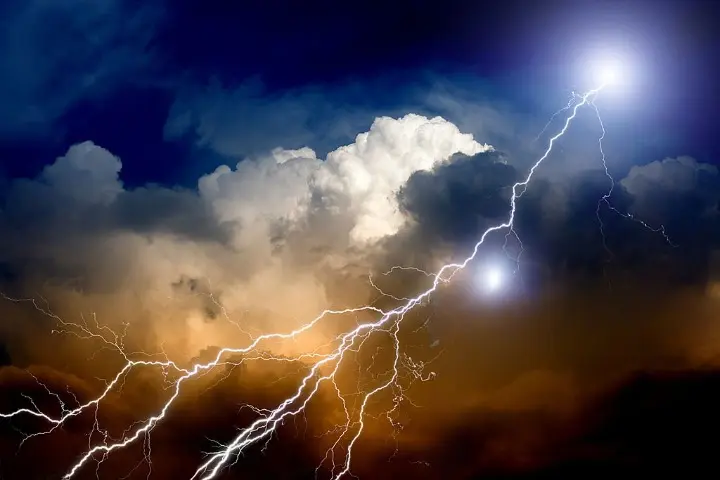
Although his work focused more on comprehending the nature and qualities of electricity than on actually discovering it, Benjamin Franklin is frequently given credit for its discovery. This article provides a thorough analysis of Franklin’s experiments particularly his well-known kite experiment and how they advanced our knowledge of electricity.
Context and Earlier Electricity Theories
Although it was not fully understood, electricity was known before to Benjamin Franklin. Scientists like Otto von Guericke, who invented one of the first electric generators, and William Gilbert, who coined the term “electricity,” had conducted a number of tests and observations. The nature of electricity remained unknown despite these early studies demonstrating that certain materials could produce static electricity by rubbing them together.
Several scientists were investigating electrical phenomena by the middle of the eighteenth century. These research piqued Franklin’s interest, so he started doing his own experiments. Unlike the prevalent idea of the period, which proposed that electricity was composed of two distinct types of fluid, he thought that electricity was a single fluid that moved from one body to another. According to Franklin’s idea, every thing had a typical amount of this electrical fluid, and an object’s charge changed depending on how much of it it received or lost.
Franklin’s Kite Experiment: The Search to Establish Lightning’s Status as Electricity
Franklin made a significant contribution when he postulated that lightning was an electrical phenomenon. This theory was groundbreaking because it proposed a connection between the origins of static electricity and thunderstorms. Franklin came up with the idea for the kite experiment to support this theory.
Setting Up the Experiment
Franklin carried out his kite experiment in Philadelphia in 1752. When Franklin saw that a thunderstorm was likely, he picked a wet day. Because silk was less likely to be harmed by rain than paper, he got ready to make a silk kite. He fastened a metal wire to the top of the kite to act as a conductor for the electrical charge coming from the storm clouds. Hemp is a substance that conducts electricity when wet, and the kite string had a key fastened to the bottom of it. To further insulate himself and avoid a shock, he fastened a length of silk ribbon to the end of the string where he would grasp it.
William, Franklin’s son, went with him to assist with the experiment. They let the kite fly into the stormy sky and watched it soar to the point where the clouds were intensely charged with lightning.
The Investigation and the Finding
Franklin saw the hemp string’s loose fibers stand on end as the storm clouds drew closer, which was an obvious sign that the thread was receiving an electrical charge. After that, he moved his knuckle near the key and saw a spark fly from it into his hand. Franklin required this spark as the crucial piece of evidence. When the electrical charge from the clouds reached Franklin’s hand, it generated a spark. It had traveled down the wet kite line to the key.
It was established by Franklin’s experiment that lightning was an electrical discharge. Franklin had successfully demonstrated that both natural and artificial electricity were governed by the same principles by simulating the effects of a storm cloud in a controlled experiment.
The Significance and Heritage of Franklin’s Trial
There were significant ramifications to Franklin’s successful demonstration that lightning is a type of electricity. It not only supported his theory but also established the foundation for the emerging discipline of electrical science. Franklin suggested that by putting metal rods with sharp tips—later known as lightning rods—that would suck an electrical discharge from a storm into the ground and shield structures from lightning strikes, fires may be avoided. This was a useful application of his research that resulted in the widespread use of lightning rods, considerably increasing building safety.
The phrases “positive” and “negative” charge were also adopted as a result of Franklin’s work on electricity, and they are still in use today. Even though it wasn’t totally correct, his single-fluid theory of electricity was a step in the right direction. Other researchers and innovators were motivated by his experiments to investigate and build upon his discoveries.
conclusion
Franklin did not “discover” electricity, but his research greatly advanced our knowledge of electrical phenomena. In particular, his kite experiment is regarded as a representation of scientific research and advancement. Franklin closed the knowledge gap between natural phenomena and human understanding by proving that lightning was electrical, opening the door for further advancements in electricity and technology. He plays a significant role in the history of electricity because of his inquisitiveness, meticulous experimentation, and useful implementations of his discoveries.READ MORE BLOGS

